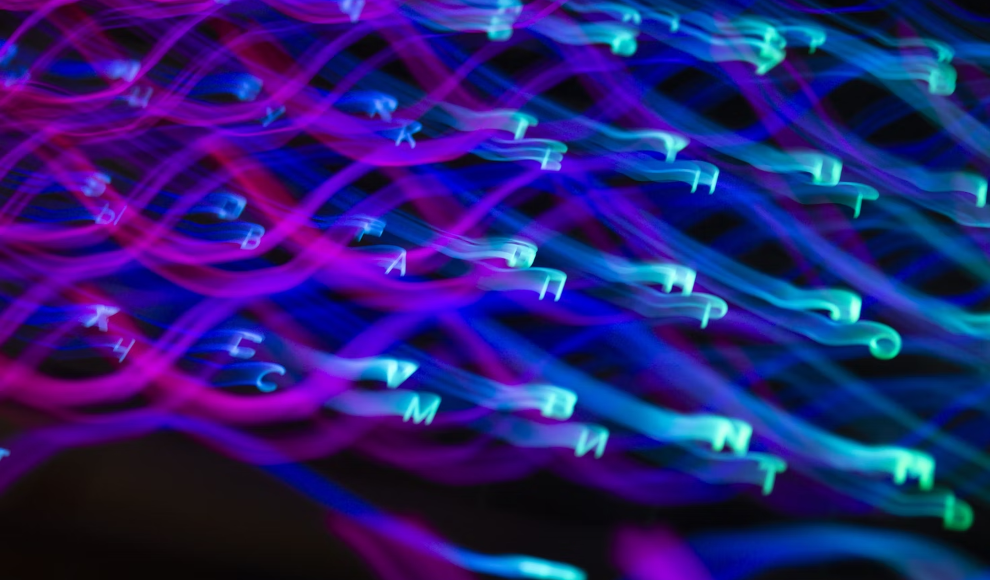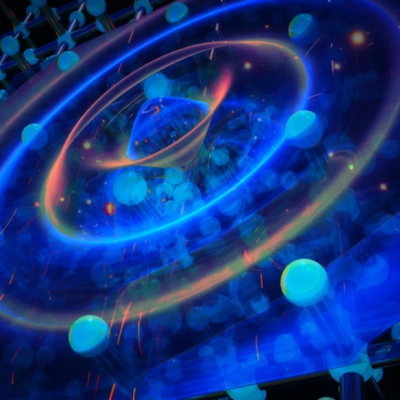A team of physicists at the Center for Computational Quantum Physics at the Flatiron Institute has created a never-before-seen phase of matter in a quantum computer. This new phase behaves as if it is part of two time dimensions. The physicists achieved this by bombarding atomic ions (qubits) in a quantum computer with quasiperiodic laser pulses based on the Fibonacci sequence. The resulting symmetry of information led to qubits being able to store and process information longer and more stably than usual.
To understand why this new phase behaves as it does, it is helpful to compare it to quasicrystals. In quasicrystals, molecules are also ordered but not periodically present. However, periodic patterns in a higher dimension can be formed from such non-periodic patterns. The physicists had been trying for four years to create a quasicrystal in time, not space, for qubits. The result of this dimensional flattening is two time symmetries, with the second time dimension having its own time symmetry.
In their experiment, the physicists manipulated a sequence of ten qubits with both quasiperiodic and periodic laser pulse sequences. They observed that the quasiperiodic sequence created a new phase of matter with two parallel time symmetries, resulting in significantly higher stability. Under the periodic laser pulse sequence, the qubits could store information for about 1.5 seconds, while under the quasiperiodic sequence, the information remained stable for 5.5 seconds.
This discovery could be an important step towards the practical use of quantum computers, but a method must still be found to integrate this process into quantum computer calculations.










